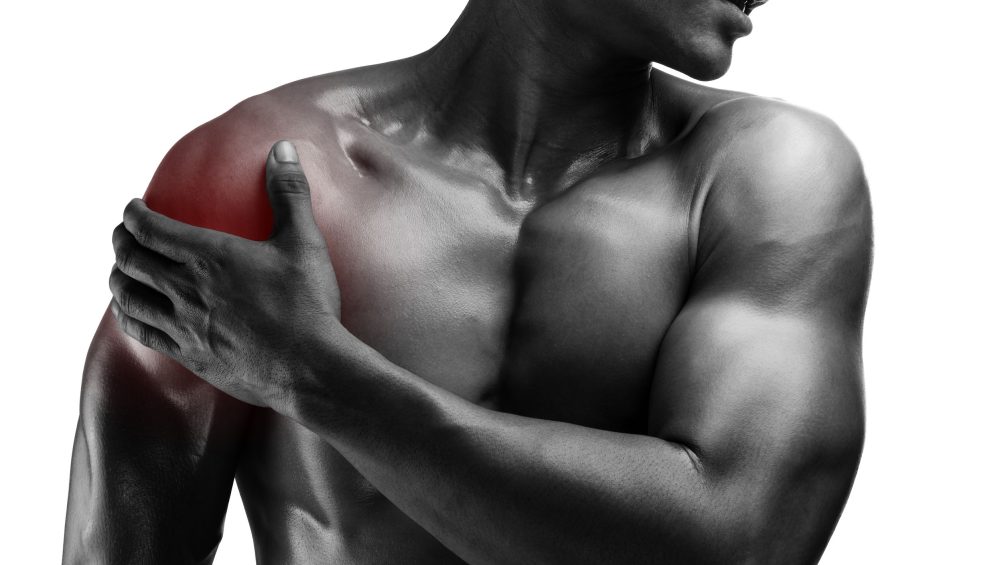The shoulders (delts) are an area that many trainees wish were bigger. They’re also an area that’s often injured. In today’s guest post by Dr. Nicholas Licameli he discusses and breaks down some of his top training tips for shoulder health and hypertrophy.
Enjoy.

In order to build a quality and symmetrical physique, all muscle groups must be trained and developed equally. An overdeveloped muscle group can never compensate for an underdeveloped one. That being said, a well-developed set of shoulders, along with a narrow waist, can really enhance a physique and create a nice V-taper.
While the shoulders are one of the most sought after muscles to develop, they also tend to be one of the most stubborn and most commonly injured. Here are my top shoulder training tips to help you on the journey to strong, healthy shoulders.
1) Listen To Your Body
Early in my training career, I remember feeling as if there were some aspects of my training that could not be changed. Compound lifts had to be performed using a barbell only and with heavy, lower rep sets. Dumbbells and lighter/higher rep training were for isolation movements.
For years, I trained in the 6-10 rep range for barbell overhead presses and in the 12-20 rep range for lateral raises, rear deltoid work, and other isolation movements. I never really felt “satisfied” or that “good” fatigue after completing heavy sets of overhead presses.
I eventually took the leap out of my comfort zone and started using dumbbells and a landmine set up for overhead pressing.
What a difference!
I felt a connection to my deltoids like never before. The overhead press soon went from one of my least favorite movements to one of my favorites.
I also started to realize that my lighter warm up sets seemed to feel better (even when not taken anywhere near failure) than my heavier working sets. I took another leap and started training the overhead press in the 12-20 rep range and again, I was blown away at how my body responded. Does this mean I completely removed heavy overhead pressing from my training?
Of course not, but I am definitely not afraid of lighter training.
The take home message here is listen to your body.
If heavy barbell training doesn’t quite “click” for your shoulders, don’t be afraid to change it up.
We now know that if hypertrophy is your goal, overall volume (volume = weight lifted x sets x reps) and progressive overload at an appropriate intensity is what matters.
Note From TG: Technically speaking, for muscular hypertrophy three factors take precedence: Mechanical Tension, Metabolic Stress, and Muscle Damage.
For more insights you can’t ask for a better resource than Brad Schoenfeld’s Science and Development of Muscle Hypertrophy.
%2C445%2C286%2C400%2C400%2Carial%2C12%2C4%2C0%2C0%2C5_SCLZZZZZZZ_.jpg)
Hypertrophy can be seen by training with heavy weight and low reps as well as light weight and higher reps. Keep in mind that if your goal is strictly to increase strength on the barbell overhead press, you’re going to have to train the barbell overhead press with heavy loads, as specificity is much more important when it comes to strength.
2) Obey Your Anatomy: The Upright Row and Lateral Raise
The upright row seems to have more controversy surrounding it than Donald Trump administering a flu vaccine to a gluten-free, ketogenic, vegan, transgender circus elephant in captivity while drinking creatine sweetened with aspartame.
Is the traditional “muscle magazine” upright row the safest or most effective exercise to build big, strong, and healthy shoulders?
Probably not.
Can it be modified?
Absolutely.
By nature of the movement, the barbell upright row places the shoulder in resisted internal rotation with elevation. This is a less than optimal and, dare I say, vulnerable position because it narrows the subacromial space, which can increase risk of injury.
Does that mean our shoulders will break on the first rep?
No.
Our bodies are resilient and can handle less than optimal positions, but why risk it if we can find a better way? Need a refresher on what the sub-acromial space is and how narrowing it can lead to injury? Check out Tony’s awesome article right here.
Great alternatives to the barbell upright row are the dumbbell upright row and the face pull.

Face Pull
As mentioned above, the barbell upright row puts us into internal rotation, which narrows the sub-acromial space.
External rotation, however, can be a shoulder’s best friend.
The dumbbell upright row frees up our joints and allows us to externally rotate throughout the movement. The face pull reduces the amount of internal rotation at the bottom of the movement and increases the amount of external rotation at the end of the movement.
Many training routines tend to be abundant in internal rotator strengthening (pecs, lats, etc.) while lacking strengthening for the external rotators (posterior rotator cuff, rear deltoids, etc). Both the dumbbell upright row and face pull involve resisted external rotation, which means they can help balance out a traditional training routine (more on this to come).
Note From TG: Speaking of Face Pulls I am reminded of THIS classic T-Nation.com article by Mike Robertson and Bill Hartman on the topic.
The lateral raise is a staple in most shoulder training routines, however if done incorrectly, can be very similar to the barbell upright row.
By internally rotating at the top of a lateral raise, as if pouring a pitcher of water, the shoulder gets placed into resisted internal rotation with elevation, which we now know is not that great of a position.
Why is that a common cue (even Arnold recommends it!)? Because in order to maximally target the middle deltoid, it needs to be directly in line with the force of gravity and the “pouring-the-pitcher” position accomplishes this.

Middle deltoid is directly in line with the force of gravity (good!), however the shoulder is in internal rotation and elevation (bad!)
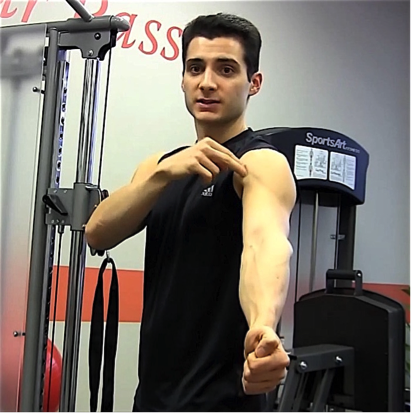
Anterior deltoid is directly in line with the force of gravity
Bending forward or lying face down in a bench targets the posterior deltoid because it is directly in line with the force of gravity.
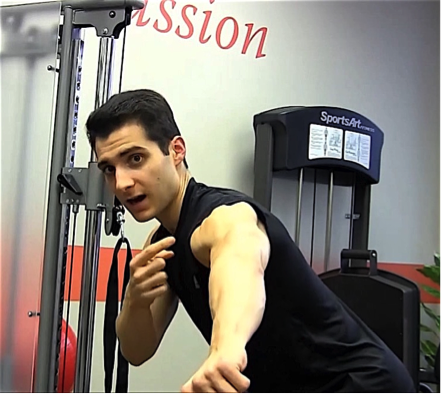
Posterior deltoid is directly in line with the force of gravity
So how do we reduce our risk of injury while still maximizing the force through the middle deltoid?
Simple.
Hinge at our hips and lean forward, just a bit.
The line of gravity has now changed. We’re now able to externally rotate (reversing the pitcher pouring motion) while still placing the middle deltoid in perfect alignment with gravity.
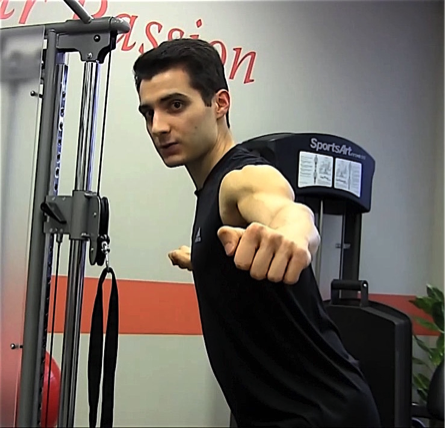
Middle deltoid is directly in line with the force of gravity (good!) AND the shoulder is in external rotation (good!)
For a video demonstration and explanation of this, go HERE.
3) Don’t Overdo It…Pay Attention to Volume
When looking at weekly shoulder volume, don’t forget to account for all of the exercises that involve the shoulders as secondary movers.
Shoulder presses, lateral raises, and reverse flyes are not the only exercises that add to weekly shoulder volume.
The shoulders get worked during exercises like bench presses, rows, dips, and even pull-ups and pull-downs. If you have a volume goal you are trying to hit, be sure to keep this in mind to avoid overtraining and overuse injuries. Remember, more is not better…better is better.
4) Don’t Try To Get Too Creative Just For The Sake Of Novelty
Bruce Lee said,
“I fear not the man who practiced 10,000 kicks once, but I fear the man who has practiced one kick 10,000 times.”
Too much variety for the sake of novelty can limit your ability to progress, especially when it comes to shoulder training.
In general, the basic variations of shoulder movements are presses, lateral raises, extension-based movements (face pulls, reverse flyes, etc.), and global stability movements (farmer carries, planks, bird dogs, etc.).
My suggestion would be to find your preferred variations of those movements and perfect, fine tune, overload, and progress them. Yes, change it up every once in a while, but don’t swap out a solid landmine press for a banded, blood flow restricted, single-arm kettlebell press while standing on a BOSU over a pool of sharks with laser beams attached to their heads.
Stay tuned for Part II tomorrow where I offer four more of my top shoulder training tips.
About the Author
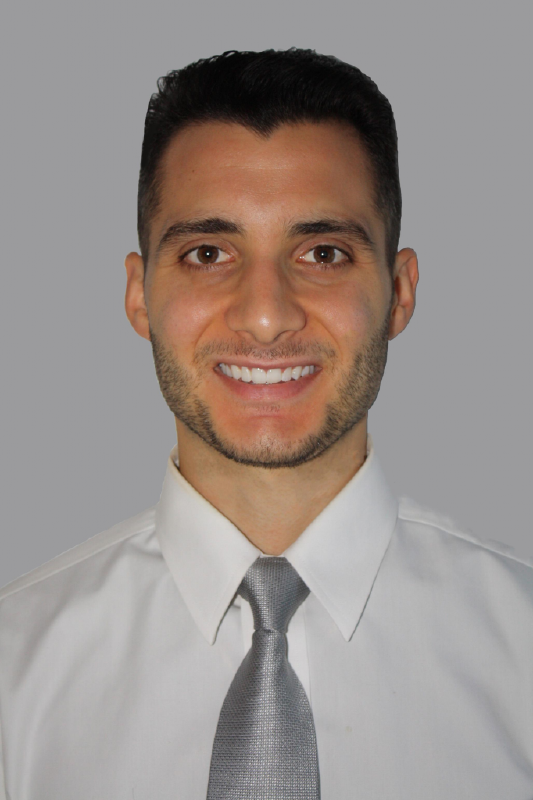 Nicholas M. Licameli
Nicholas M. Licameli
Doctor of Physical Therapy / Pro Natural Bodybuilder
Youtube: HERE
Instagram: HERE
Facebook: HERE
Every single thing he does, Nick believes in giving himself to others in an attempt to make the world a happier, healthier, and more loving place. He wants to give people the power to change their lives. Bodybuilding and physical therapy serve as ways to carry out that cause. Nick graduated summa cum laude from Ramapo College of New Jersey with his bachelor’s degree in biology, furthered his education by completing his doctoral degree in physical therapy from Rutgers School of Biomedical and Health Sciences (previously the University of Medicine and Dentistry of New Jersey) at the age of 24, and has earned professional status in natural bodybuilding. His knowledge of sport and exercise biomechanics, movement quality, and the practical application of research combined with personal experience in bodybuilding and nutrition allows him to help people in truly unique ways. Love. Passion. Respect. Humility. Never an expert. Always a student. Love your journey.

